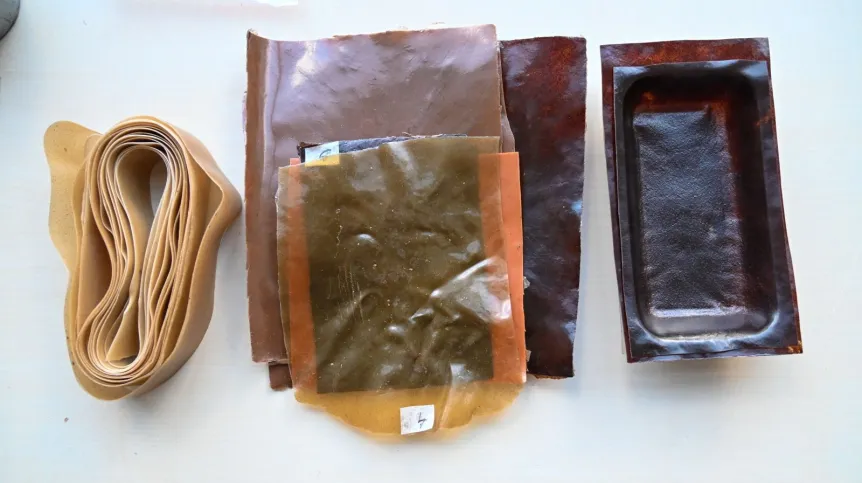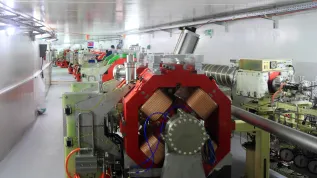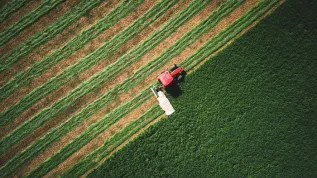
Biodegradable materials containing fertilizing substances, which can be used to form objects such as flower pots, have been developed by Dr. Magdalena Zdanowicz from the West Pomeranian University of Technology in Szczecin. The material decomposes quickly in the soil and does not generate microplastics.
Dr. Zdanowicz who is head of the university’s PolysFer project said: “The project objective is to obtain 100 percent biodegradable materials produced from natural raw materials of plant origin, for agricultural and horticultural purposes. Their main function is to support the cultivation and fertilization of plants.”
Her team creates and researches materials obtained, for example, from potato and corn starch, in several forms: granulate, as well as sheets and foil. Granules are obtained with a solvent-free one-stage extrusion in the presence of an innovative plasticiser, which makes the starch more plastic and is a source of fertilizing substances. It can be directly used as a new generation fertilizer that gradually releases fertilizing substances.
She said: “It has thermoforming properties - if we apply high pressure and temperature, we can press it into a sheet, from which we can form a fertilizing tray or pot.”
She added that the material decomposes completely in the soil (in approx. 70 days) and that it can be enriched by introducing fillers - by-products of the food industry, which are a valuable source of nutrients and microelements: zinc, iron, magnesium.
The researchers are cooperating with Szczecin's 'Gryf' Confectionery Company, which supplies cocoa husks, but according to Dr. Zdanowicz coffee grounds can also be used and PolysFer materials can be ‘tailor-made' as components can be selected for the needs of specific crops.
Marta Rokosa, responsible for studying the impact of materials on the physiological condition of plants, added that this will allow producers of plants, fruit or vegetables to use materials precisely adapted to the needs of their crops, which will minimize possible losses caused by the use of fertilizer intended for given species, but not taking into account needs resulting from the agrotechnical conditions of a given type of cultivation.
Dr. Zdanowicz also uses the material to create seed tapes that can replace cellulose tapes.
She said: “It is a multi-purpose tape: it can be a seed carrier, it swells in water and then dissolves, releasing fertilizing substances. It is, of course, fully biodegradable.”
She added that the production of materials is not expensive - the use of easily available raw materials and food industry by-products makes them very economical and fits in with the assumptions of the circular economy.
When using them, microplastics (serious environmental pollutants) do not get into the soil. Microplastics present in the soil can, for example, be taken up by the root system of a plant, then transported to its other parts, disrupting its growth or accumulating in tissues, to eventually end up on our plates.
The project is implemented as part of the TANGO V competition financed by the Polish National Centre for Research and Development, at the West Pomeranian University of Technology in Szczecin, at Center for Bioimmobilization and Innovative Packaging Materials of the Faculty of Food Sciences and Fisheries,. (PAP)
PAP - Science in Poland, Elżbieta Bielecka
emb/ zan/ kap/
tr. RL













